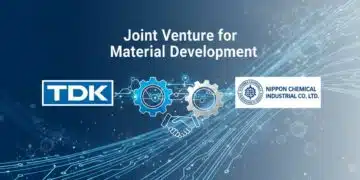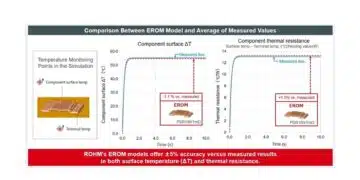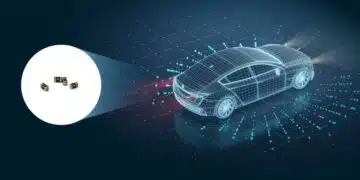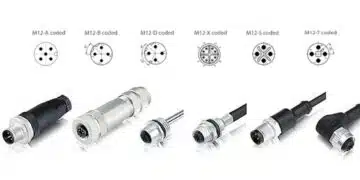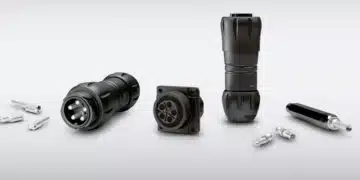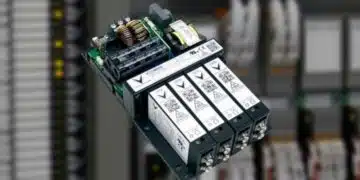prof. Sam Ben-Yaakov in this video explains ripple steering in coupled inductors and provide case study on SEPIC converters.
This presentation explores the concept of ripple steering within coupled inductors, with a specific focus on SEPIC (Single-Ended Primary Inductor Converter) configurations.
1. Introduction:
Ripple steering is a technique used in power electronics to manage and redistribute current ripple between inductors in a coupled system. This presentation revisits the principles of ripple steering, applying them to SEPIC converters, commonly used for their versatile voltage conversion capabilities.
2. SEPIC Converter Configuration:
The SEPIC converter analyzed includes a transistor switch and two coupled inductors with nominal inductances of 50 µH. The inductors exhibit slight variations due to coupling coefficients, which is central to ripple steering mechanisms. The SEPIC converter’s advantage lies in its ability to maintain a transfer ratio both below and above unity, akin to the buck-boost converter.
3. Theoretical Background:
Coupled inductors in switch-mode power supplies (SMPS) require voltage symmetry across the inductors during on/off states to prevent short circuits. Any significant voltage mismatch transforms the coupled inductors into a transformer, potentially causing excessive currents. Minor deviations are mitigated by leakage inductance. The nominal design typically assumes equal inductances and a 1:1 turns ratio.
Ripple steering aims to shift current ripple from one inductor to another, thereby reducing ripple in targeted areas. In SEPIC converters, minimizing input inductor ripple is critical for Electromagnetic Interference (EMI) considerations.
4. Methodology:
Ripple steering is influenced by two main factors:
- Coupling Coefficient (K): Reducing K increases leakage inductance, affecting ripple distribution.
- Turns Ratio (KK): Altering KK modifies the current-sharing properties between inductors based on the square root relationship to inductance.
Simulations were conducted using LTspice to analyze ripple behavior under varying K and KK values. The study monitored gate signals and ripple waveforms across inductors L1 and L2.
5. Results:
- Baseline Case (K=1, KK=1): Ripple currents in L1 and L2 were symmetrical, with peak-to-peak values around 2 A.
- Modified Coupling (K=0.95, KK=0.9): A reduction in L1 ripple was observed, while L2 ripple remained relatively unchanged, transitioning to a triangular waveform due to higher leakage.
- Ripple Steering Impact: By sweeping KK between 0.8 and 1.2, significant shifts in ripple distribution were noted. For example, reducing KK to 0.9 decreased L1 ripple considerably, demonstrating up to a 4.5-fold reduction compared to the balanced case.
6. Discussion:
The simulation results confirm that ripple can be effectively steered between inductors by adjusting K and KK. While the phenomenon lacks a comprehensive analytical model, empirical data underscores its potential for practical EMI reduction in SEPIC converters.
7. Conclusion:
Ripple steering in coupled inductors presents a valuable approach for optimizing current ripple in SEPIC converters. The findings highlight the method’s applicability, particularly in scenarios demanding stringent EMI performance. Future work may focus on developing analytical frameworks to predict ripple behavior more accurately.
References:
S. Cuk, “Integrated Magnetics versus Conventional Power Filtering,” INTELEC ’87 – The Ninth International Telecommunications Energy Conference, Stockholm, Sweden, 1987, pp. 61-72, doi: 10.1109/INTLEC.1987.4794530.
Relevant posts:
SEPIC Converter Design and Calculation



